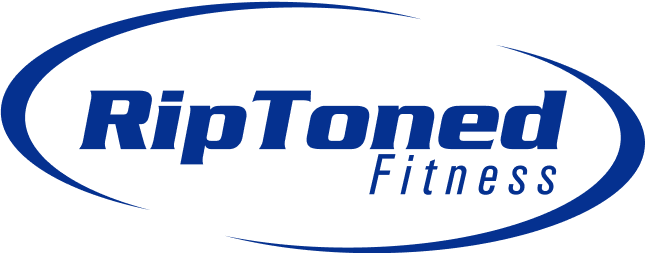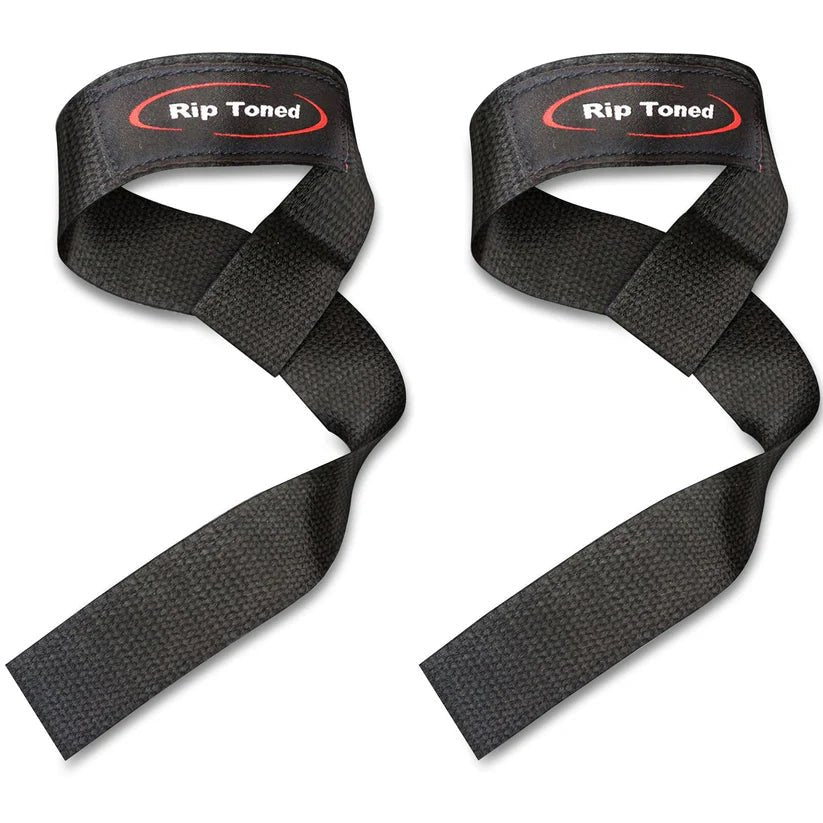Weightlifting straps improve grip, helping you lift heavier weights. If grip limits you, learning “how do you use weightlifting straps?” can boost your performance. This guide walks you through the steps to use them effectively.
Key Takeaways
- Weightlifting straps reduce grip fatigue, enabling lifters to focus on larger muscle groups and achieve heavier lifts.
- Properly setting up and securing weightlifting straps is crucial for maximizing their benefits and preventing injury.
Common mistakes with lifting straps include over-reliance and incorrect wrapping techniques, which can hinder grip strength and overall performance.
How Do You Use Weightlifting Straps: A Simple Guide for Better Lifts
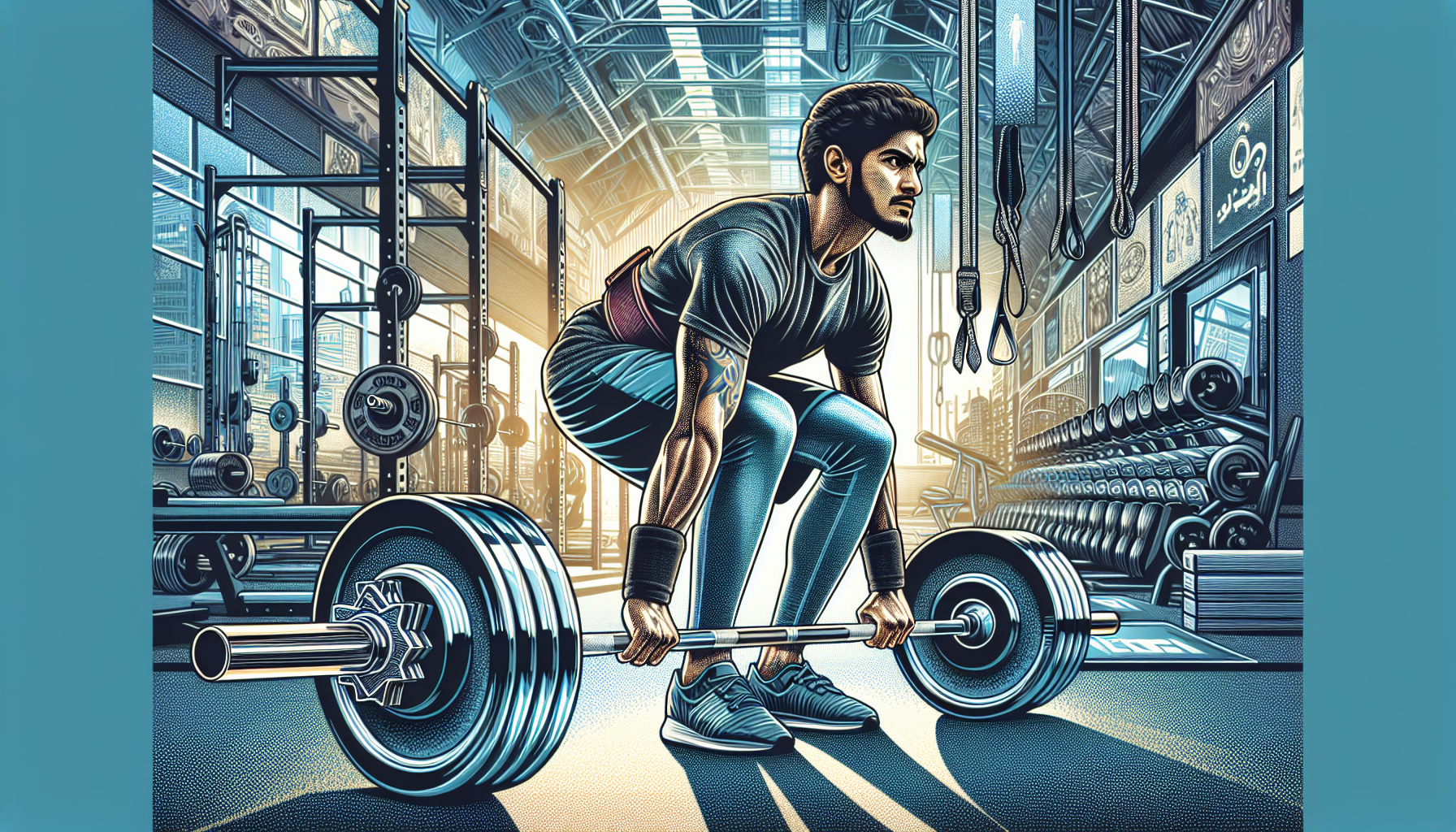
Weightlifting straps provide support and reduce grip fatigue, allowing lifters to focus on larger muscle groups instead of struggling with their grip. Lifting straps alleviate grip fatigue, enabling heavier and longer lifts. For many lifters, this means being able to push past their previous limits and achieve new personal bests.
This guide covers how to use weightlifting straps, exercises that benefit from them, and tips to avoid common mistakes. Whether you’re a seasoned powerlifter or just starting your strength training journey, learning to use lifting straps can significantly enhance your performance.
Introduction
Weightlifting straps are specialized equipment designed to improve grip during lifting exercises. They assist lifters in performing heavier lifts by providing additional support for grip. Straps allow you to target larger muscle groups without grip limitations.
Additionally, weightlifting straps are effective in reducing grip fatigue, allowing longer workouts and more satisfactory lifting sessions. Without grip limitations, you can focus on the primary purpose of your lifts, such as pulling or pressing..
Understanding Weightlifting Straps
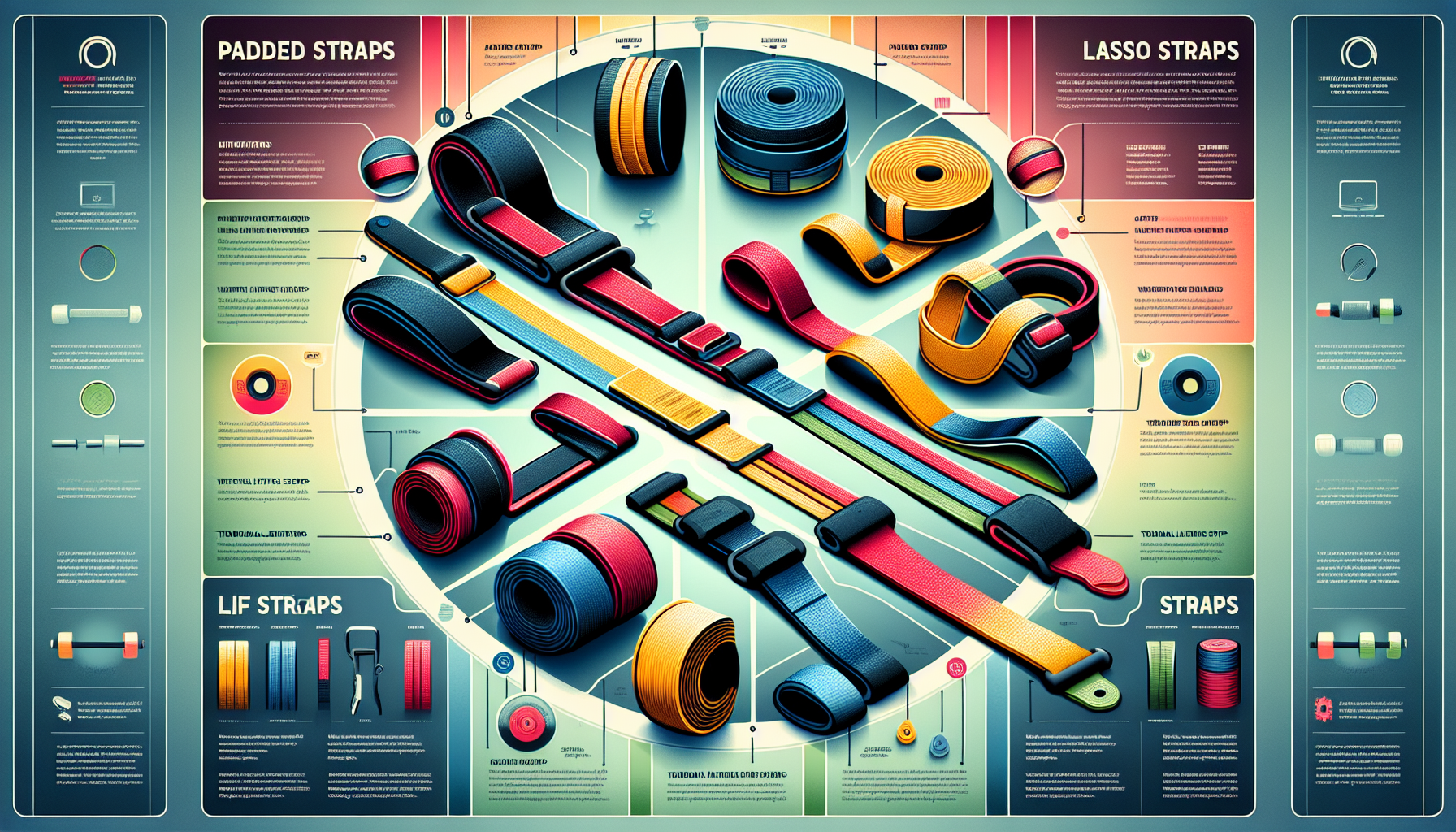
Weightlifting straps assist in lifting heavier weights by enhancing grip support. Grip strength is often a limiting factor in weightlifting as it is generally weaker than other muscle groups. Lifting straps reduce grip fatigue, enabling focus on larger muscle groups during lifts.
Beginners can easily use weightlifting straps, especially when lifting heavier weights. The straps provide an added layer of security, making it easier to attempt heavier lifts without the fear of losing grip. This not only boosts confidence but also helps in making significant progress in strength training.
Whether you’re lifting weights for bodybuilding, powerlifting, or Olympic weightlifting, understanding the role of weightlifting straps is crucial. They are not just a crutch but a tool to enhance your overall lifting performance by ensuring your grip is not the weakest link.
Setting Up Your Weightlifting Straps
Correctly setting up weightlifting straps maximizes their benefits. First, take the ends of the straps. Then, thread them through the loops to create circles. This creates a secure loop that will help you get the best grip on the bar.
Next, slide your hands through the circles and pull the ends snugly around your wrists. This ensures that the straps are secure and won’t slip during your lifts. Finally, to tighten the straps before lifting, roll the bar toward you until the straps are snug. This method helps in creating a firm grip on the bar, reducing the chances of slipping.
While the learning curve for attaching weightlifting straps can be steep, especially when securing the second strap after the first, practice makes perfect. With consistent use, attaching and using the straps will become second nature.
Threading the Straps
To thread Figure 8 straps, create a loop by passing one end through the other end’s loop. This initial step is critical as it forms the base of the support system that the straps provide. When threading lifting straps, ensure that both ends are fed through their respective loops correctly to avoid slipping during lifts.
Proper threading ensures that the straps can provide the maximum support needed during heavy lifts. Incorrect threading can result in the straps failing to hold properly, which can be both unsafe and ineffective.
Securing on Wrists
Position Figure 8 lifting straps so that the loop is tight against the wrist’s base for stability. This positioning provides optimal wrist support without causing any pinching or discomfort. The straps should sit comfortably on the wrist, ensuring that they do not cause any undue strain or pain during lifts.
Securing the straps properly on your wrists and wrist wraps is crucial for maintaining stability and support during your lifts. Make sure to adjust the tightness to a level where you feel secure but not restricted.
Wrapping Around the Bar
These straps create a secure loop around the wrist and barbell, reducing grip fatigue during workouts. The straps should wrap tightly around the bar to ensure a secure grip and maximum force transfer during lifts. Ensuring that the figure 8 straps are wrapped securely around the bar is essential to prevent slipping during lifts.
Improper wrapping can lead to decreased support and potential injury. Wrapping the straps properly enhances performance and minimizes the risk of slipping or injury.
Exercises Benefiting from Weightlifting Straps
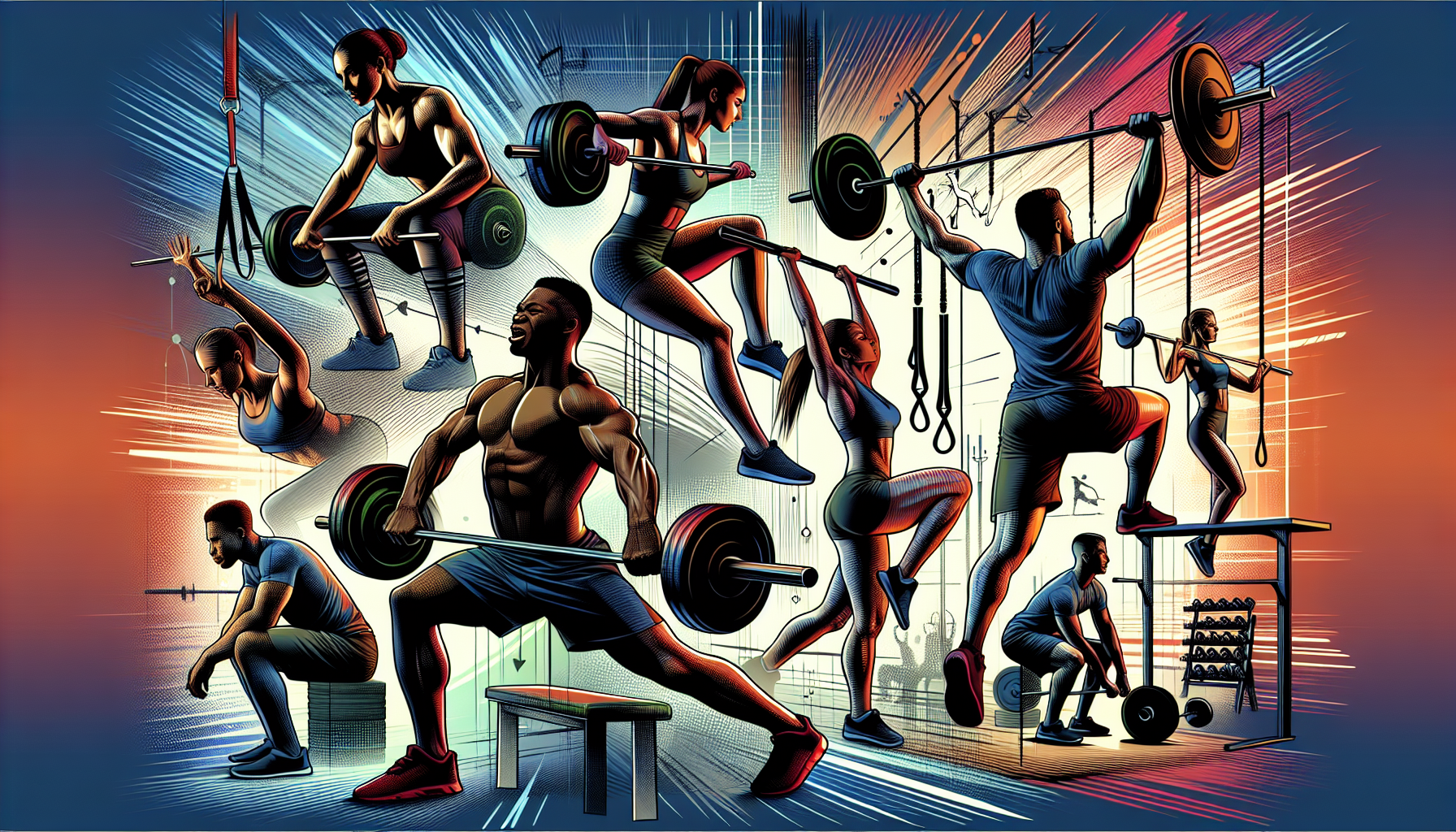
Weightlifting straps enhance grip strength and improve lifting techniques, which is crucial for athletes aiming to lift heavier weights. Key exercises that benefit from weightlifting straps include deadlifts, rows, lat pulldowns, weighted pull-ups, shrugs, rack pulls, farmer’s carries, and Romanian deadlifts.
Specific exercises like shrugs and rows can gain significant advantages from using weightlifting straps due to the additional support they provide. Incorporating these exercises with straps ensures a more effective and focused workout.
Deadlifts
Figure 8 straps are specifically designed for heavy deadlifts. Using straps during deadlifts helps reduce grip fatigue, allowing lifters to focus on lifting heavier weights. This focus can lead to better form and more effective lifts, contributing to overall strength gains.
Deadlifts are a fundamental exercise in strength training, and the added support from weightlifting straps can make a significant difference in performance and safety.
Barbell Rows
Using weightlifting straps during barbell rows provides extra support for larger muscles. With reduced grip fatigue, lifters can better engage their back and shoulder muscles during rows. This engagement leads to more effective workouts and better muscle development.
Overall, using weightlifting straps can enhance performance during barbell rows by maximizing muscle engagement and reducing distractions from grip issues.
Romanian Deadlifts
Using weightlifting straps during Romanian deadlifts allows for heavier lifting by reducing grip fatigue. Straps enhance overall workout intensity by enabling lifters to focus on their lower body movement without worrying about grip failure.
While straps provide support, it’s essential to incorporate grip-specific training to maintain overall grip strength.
Rack Pulls
Rack pulls are a powerful exercise designed to strengthen the posterior chain, particularly the back and hips. Using weightlifting straps during rack pulls allows for a more secure grip, enabling lifters to focus on pulling exercises with heavier weights without grip fatigue.
Proper strap use during rack pulls enhances upper back and lat engagement, improving strength and muscle growth.
Choosing the Right Weightlifting Straps
Weightlifting straps are commonly made from heavy-duty cotton, nylon, or leather. Different materials like nylon, canvas, and leather provide unique features suitable for different lifting needs. Weightlifting straps enhance grip and support heavy lifts.
Choosing the right weightlifting straps requires considering types, materials, length, and padding. These factors significantly influence your lifting experience.
Types of Straps
Lasso straps are designed to provide a secure hold with a loop that wraps around the bar. REP’s lifting straps are made from strong cotton with neoprene padding, offering enhanced comfort during lifts. Weightlifting straps can be constructed from heavy-duty cotton, nylon, or leather, providing different levels of support and durability.
Lifting straps may feature padding, different hooks, or loops and come in various lengths, allowing users to choose based on personal preference and lifting strap needs.
Material Considerations
Lifting straps can be made from materials like heavy-duty cotton, nylon, or leather. Nylon straps tend to be more durable and resistant to wear compared to cotton. Leather straps offer a traditional feel and can provide excellent grip once broken in.
Choosing the right material depends on your personal preferences and lifting needs. Each material offers unique benefits and drawbacks, so it’s essential to consider what works best for you.
Length and Padding
Different strap lengths can significantly influence lifting effectiveness and comfort. Longer lifting straps offer more support but may take longer to release. Longer straps can give more wrapping options around the bar, enhancing security.
Padded straps enhance comfort during lifts by reducing pressure on the wrists and hands. Straps with neoprene padding improve grip by absorbing sweat better than non-padded options. Overall, both the length of the straps and the presence of neoprene padding play crucial roles in lifting comfort and effectiveness
.
Common Mistakes and How to Avoid Them
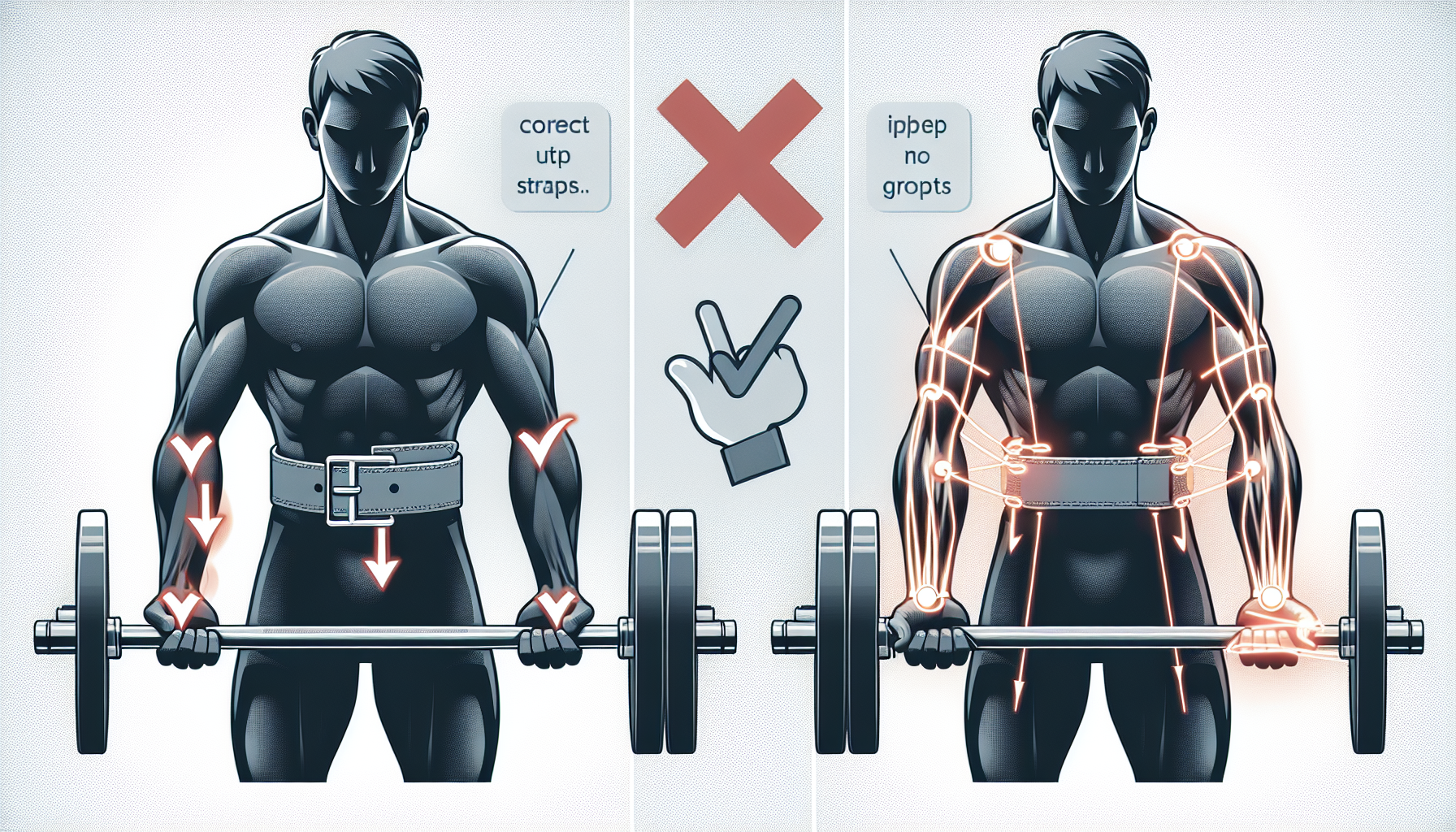
Grip strength is generally weaker than the back and other larger muscles, making it crucial to not solely rely on straps for lifts. Overconfidence while using straps can lead to mistakes and potential injuries due to lifting weights that are too heavy without proper strength.
Counteract grip strength weakening from overusing straps by incorporating specific grip training exercises. Inaccurate wrapping can lead to inadequate support when lifting, which compromises safety.
Over-Reliance on Straps
Over-reliance on weightlifting straps can lead to a significant dependence, making the lifter feel unable to lift without them. Using straps too often can result in a weaker grip, which may adversely affect performance in lifts that require grip strength.
Natural grip strength is essential for overall lifting ability and functional fitness, helping to prevent injuries during exercises. Incorporating grip-specific exercises into your routine can help maintain grip strength while still benefiting from the use of straps.
Incorrect Wrapping Technique
Common mistakes in wrapping weightlifting straps include improper threading, inadequate wrist positioning, and incorrect wrapping around the bar. These mistakes can lead to decreased support and can risk injury during lifts due to an unstable grip.
To correct these mistakes, ensure that the straps are threaded through the loops properly, secured tightly around the wrists, and wrapped firmly around the barbell or dumbbell. Best practices include regularly practicing correct wrapping techniques and adjusting strap settings based on the specific lift being performed.
Ignoring Grip Training
Using lifting straps can reduce grip strength development. Over-reliance on straps will weaken grip strength.
Incorporating grip-specific exercises into your training is essential to maintain grip strength. This balance ensures that you benefit from the support straps provide. You also maintain the necessary grip strength for overall lifting performance.
Summary
Weightlifting straps are invaluable tools for enhancing grip, reducing fatigue, and allowing lifters to focus on larger muscle groups. By understanding how to set them up correctly, choosing the right type, and avoiding common mistakes, you can significantly improve your lifting performance.
Remember to balance the use of straps with grip training to ensure overall strength and safety. With the right approach, lifting straps can help you achieve your strength training goals and push your limits further than ever before.
Frequently Asked Questions
What are weightlifting straps, and why should I use them?
Weightlifting straps are essential tools that enhance grip during lifting exercises, enabling you to lift heavier weights and reduce grip fatigue. By using them, you can concentrate on training larger muscle groups more effectively.
How do I properly set up my weightlifting straps?
To properly set up your weightlifting straps, thread the ends through the loops to create circles, slide your hands through, and pull the ends snugly around your wrists. Ensure the straps are tight by rolling the bar towards you for a secure grip.
Which exercises benefit the most from using weightlifting straps?
Weightlifting straps are particularly beneficial for deadlifts, barbell rows, Romanian deadlifts, and rack pulls, as they alleviate grip fatigue and enable you to lift heavier weights more effectively. Utilizing them can enhance your overall performance in these demanding exercises.
What types of weightlifting straps are available?
Lasso straps and figure 8 straps are common types of weightlifting straps. Lasso straps wrap around the bar for a secure hold, whereas Figure 8 straps are specifically designed for heavy lifts such as deadlifts.
Are there any common mistakes to avoid when using weightlifting straps?
Avoid over-reliance on weightlifting straps, as this can weaken your grip strength. Additionally, ensure correct wrapping techniques and incorporate grip-specific exercises to maintain balance and safety in your training.

Click Here to Learn More About the Rip Toned Lifting Straps. Discover the proper techniques for using weightlifting straps to enhance your lifts and reduce strain on your hands.
